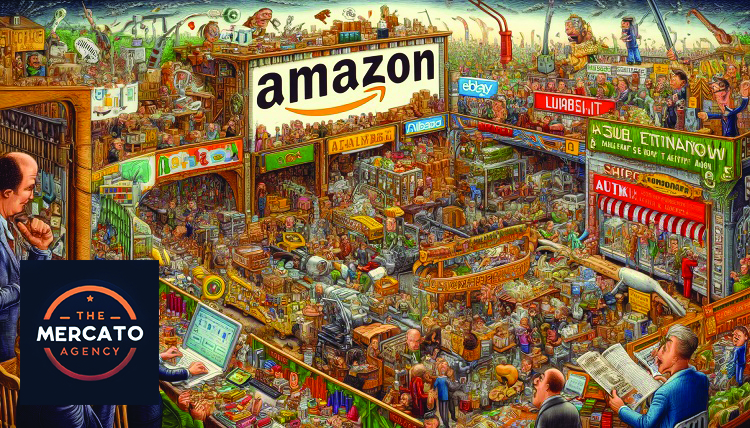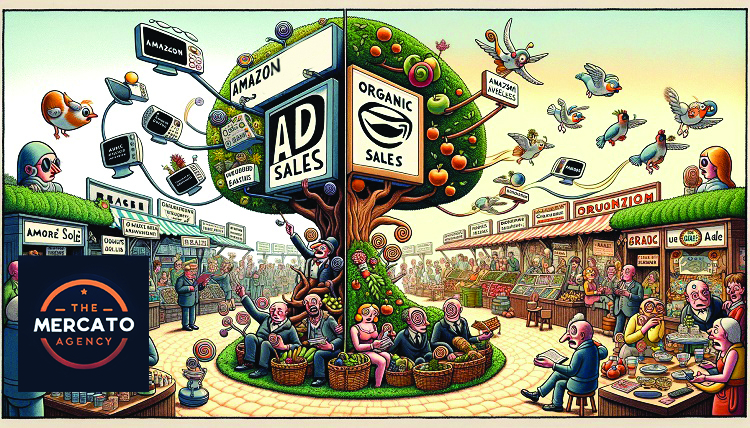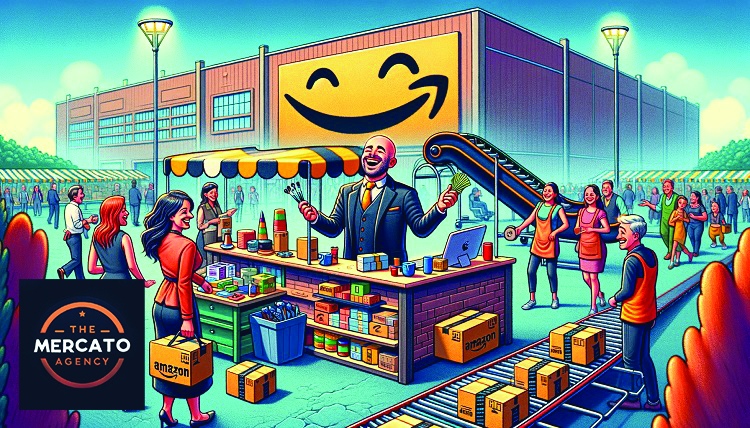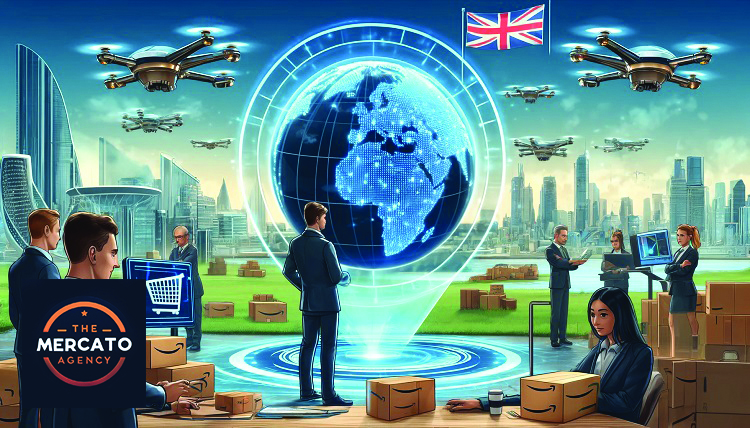World’s Largest Marketplace
Exploring the World’s Largest Marketplaces: A Decade of Growth and Dominance
Over the last decade, the global eCommerce landscape has undergone a dramatic transformation, driven by technological advancements, changing consumer behaviors, and the relentless expansion of key players. Among these, Amazon stands as a towering giant, redefining the way we shop and sell online. Let’s dive into the fascinating world of the largest marketplaces, with a special focus on Amazon, backed by compelling facts and figures.
Amazon: The E-commerce Behemoth
A Decade of Unstoppable Growth:
- Revenue Surge: In 2013, Amazon’s annual revenue was approximately $74.45 billion. Fast forward to 2023, and this figure skyrocketed to an astounding $514 billion. This exponential growth underscores Amazon’s dominance and its ability to capture an ever-expanding market share.
- Prime Membership Explosion: Launched in 2005, Amazon Prime has seen remarkable growth. By 2013, Prime had around 20 million members globally. By 2023, this number had surged to over 200 million, reflecting the immense value and convenience Prime offers to consumers.
2. Global Footprint:
- Market Penetration: Amazon operates in over 180 countries, with dedicated marketplaces in key regions such as North America, Europe, Asia, and Australia. This vast reach enables it to cater to a diverse and expansive customer base.
- Fulfillment Network: Amazon’s fulfillment network, comprising over 175 fulfillment centers worldwide, ensures rapid and efficient delivery. This network is a cornerstone of its logistics prowess, enabling services like same-day and next-day delivery.
3. Technological Innovations:
- AWS Dominance: Amazon Web Services (AWS), launched in 2006, has grown to become the leading cloud computing platform. In 2023, AWS generated over $80 billion in revenue, accounting for a significant portion of Amazon’s profits and driving innovation across industries.
- Alexa and AI Integration: Amazon’s AI-driven voice assistant, Alexa, has revolutionized smart home technology. With millions of devices sold, Alexa has become a ubiquitous presence in homes, enhancing user experiences and integrating seamlessly with Amazon’s ecosystem.
Other Major Marketplaces: Global Players in E-commerce
1. Alibaba: The Chinese Powerhouse
- Revenue and Growth: Alibaba’s revenue grew from $8.4 billion in 2013 to $134.6 billion in 2023, reflecting its stronghold in the Chinese market and its expanding global influence.
- Singles’ Day Phenomenon: Alibaba’s Singles’ Day sales event on November 11th has become the world’s largest shopping event, with 2023 sales exceeding $84.5 billion in just 24 hours.
2. eBay: The Auction Pioneer
- Marketplace Evolution: eBay, once synonymous with online auctions, has evolved into a fixed-price marketplace. Its annual revenue grew from $16 billion in 2013 to $18.2 billion in 2023.
- Global Reach: eBay operates in over 190 markets, with significant penetration in North America and Europe, offering a diverse range of products from collectibles to electronics.
3. Walmart: The Retail Giant’s Online Surge
- E-commerce Expansion: Walmart’s eCommerce division has seen substantial growth, with revenues increasing from $10 billion in 2013 to $82 billion in 2023. This growth is fueled by strategic acquisitions like Jet.com and the expansion of its online grocery services.
- Omnichannel Strategy: Walmart’s integration of online and offline shopping experiences, including in-store pickup and delivery services, has strengthened its competitive position against Amazon.
Key Elements Driving Marketplace Success
1. Customer-Centric Approach:
- Personalization: Marketplaces like Amazon leverage data analytics to offer personalized shopping experiences, enhancing customer satisfaction and loyalty.
- Convenience: Features like one-click purchasing, fast shipping, and hassle-free returns make shopping seamless and convenient.
2. Technological Advancements:
- AI and Machine Learning: These technologies power product recommendations, inventory management, and customer service, improving efficiency and user experience.
- Mobile Optimization: With the increasing use of smartphones, marketplaces have optimized their platforms for mobile users, ensuring a smooth shopping experience.
3. Logistics and Fulfillment:
- Efficient Supply Chain: Robust logistics networks and fulfillment centers enable fast and reliable delivery, a critical factor for customer satisfaction.
- Sustainability Initiatives: Companies are investing in eco-friendly packaging and carbon-neutral delivery options to meet growing consumer demand for sustainable practices.
4. Diverse Product Offerings:
- Broad Assortment: Successful marketplaces offer a wide range of products, from everyday essentials to niche items, attracting a diverse customer base.
- Third-Party Sellers: Platforms like Amazon and eBay benefit from a large number of third-party sellers, providing variety and competitive pricing.
Navigating the Future of Marketplaces
The past decade has witnessed the meteoric rise of eCommerce marketplaces, with Amazon leading the charge. Its relentless focus on innovation, customer satisfaction, and logistical excellence has set a high bar. Meanwhile, competitors like Alibaba, eBay, and Walmart continue to innovate and expand, contributing to a dynamic and competitive landscape. As we look ahead, the fusion of technology, sustainability, and customer-centric strategies will shape the future of these digital marketplaces, promising an exciting journey for businesses and consumers alike.
If you feel that The Mercato Agency might be the agency to navigate you through the worlds marketplaces? Please use the contact us form below.






